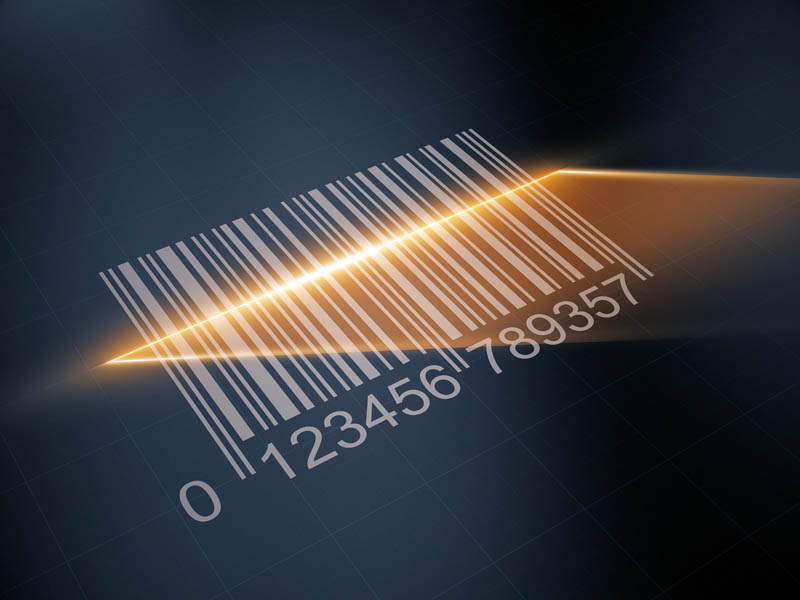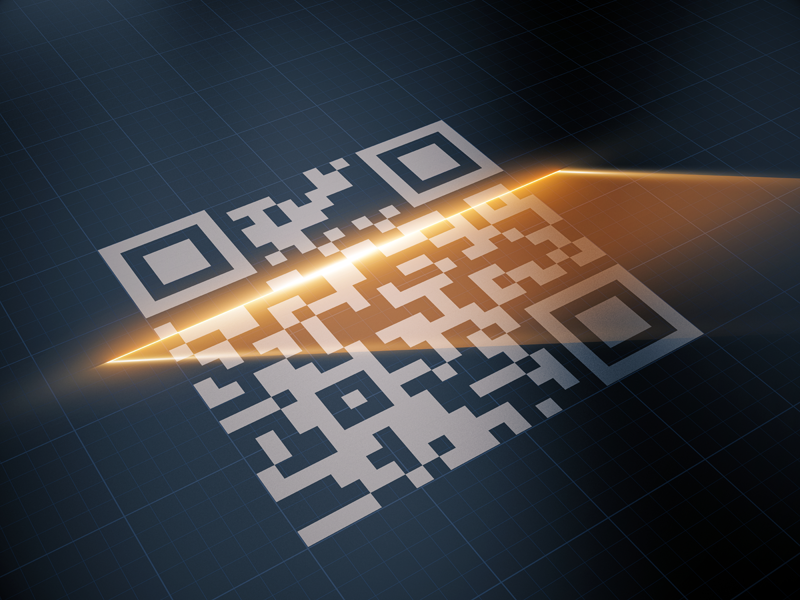QR Codes and other barcodes have been used globally for years and in many applications from asset tracking to loyalty programs.
In today’s global environment, where tracking and tracing of people have become critical in our fight with the Coronavirus, barcodes are a simple and inexpensive tool to quickly gather and store data.
In some countries, such as S. Korea, it is mandatory for retail and restaurant customs to “scan-in” and “scan-out” to improve the track and trace abilities of health departments.
All of us use barcodes almost daily, whether it’s in a supermarket, a hospital, or in a business.
They offer a simple and accurate means of gathering and storing data. If you consider the barcodes cost/benefit ratio, a barcode is hugely successful and should be adapted to many more applications.
Now we will show you how barcodes are utilized in the plastic card industry and how to use them in your photo ID, loyalty, or access cards.

For example : a Ski pass, Cosmetic Gift card, Yoga academy, Health insurance card & more.
 Barcode Types
Barcode Types1) 1D Barcodes (One dimensional)

1D Barcodes are the oldest form of barcode technology and one that is most commonly used.
The barcode, as you can see from the image above, is a series of vertical lines and spaces.
It can only be read in one direction, giving limited space to store information or data.
1D Barcodes are typically used where a small amount of data is required, such as an account number on a loyalty card, a UPC (universal product code) on retail products, or a 9employee ID number for time and attendance applications.
2) 2D Barcodes (Two dimensional)

2D Barcodes are more advanced and can store more data than a 1D Barcode.
In general, 2D barcodes utilize patterns such as squares, hexagons, and dots to encode information.
Unlike 1D Barcode, 2D barcodes contain data in both horizontal and vertical directions, it can store more complex information such as names, addresses, phone numbers, images, website URLs, and more.
Some 2D barcodes can store up to 7,089 characters offering application builders more flexibility.
Currently, there are four types of barcodes (*PDF417, DATA MATRIX, MAXI CODE, QR) recognized as ISO international standards, of which QR codes are becoming increasingly popular in all industries, as well as in plastic cards.
 Benefits of barcodes on a plastic card
Benefits of barcodes on a plastic card Barcodes are the most common encoding option in the ID card printer industry.
1. Easy input & Quick response
• Allows for quick and accurate recall of information
• Easily look up a loyal customer without typing
2. No additional cost
• Special ink ribbons, unique cards, or encoders are not needed
• Simply print a barcode and read it using a common scanner or your phone.
3. Compatible with many programs
• Barcodes on gift or reward cards can be integrated with your point-of-sale computer
system
 How to add barcodes on plastic cards?
How to add barcodes on plastic cards? When you add a barcode to your card design, you can easily set the type, size, color, and location so that it compliments your card design.

In addition, SmartID software from IDP integrates the collection, issuance, and management of card data as well as barcode information.
(For more details for Advanced Tutorial of DB Management: Click here)
- #IDP
- #idpcardprinter
- #Barcode
- #Retailcard
- #Cardsolution
- #1D
- #2D



